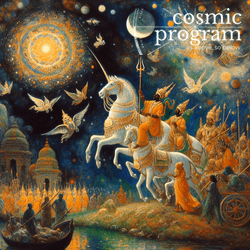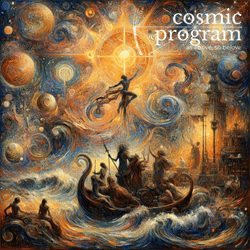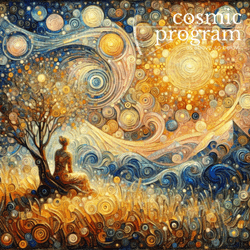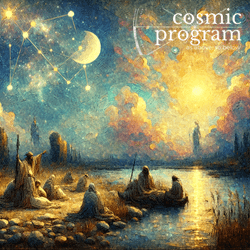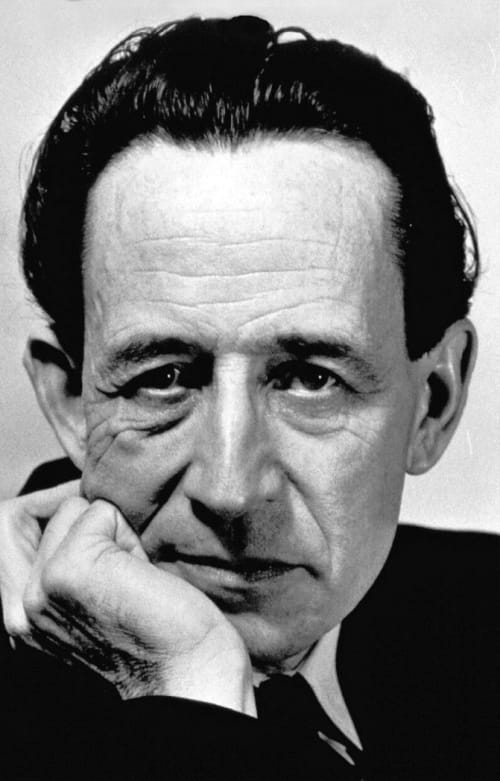
Photo Attribution: Fair Use from: https://www.astro.com/astro-databank/Rudhyar,_Dane
Dane Rudhyar
This example has been viewed 618x times
Summary
Rodden Rating
Analysis for Dane Rudhyar
Biography
Dane Rudhyar (March 23, 1895 – September 13, 1985), born Daniel Chennevière, was an American[1][2][3] author, modernist composer and humanistic astrologer. He was a pioneer of modern transpersonal astrology.
Dane Rudhyar was born in Paris[4] on March 23, 1895. At the age of 12, a severe illness and surgery disabled him, and he turned to music and intellectual development to compensate for his lack of physical agility. He studied at the Sorbonne, University of Paris (graduating at the age of 16), and at the Paris Conservatoire. His early ventures into philosophy and his association with the artistic community in Paris led to his conviction that all existence is cyclical in character. Influenced by Nietzsche as a youth, Rudhyar envisioned himself as a "seed man" of new age cultural evolution.[4][5]
In November 1916, Rudhyar's music brought him to New York City,[4] where his orchestral arrangements and original compositions were performed on April 4, 1917 at a performance of Métachorie[6] by the New York Metropolitan Opera. This was one of the first polytonal pieces of music performed in the United States.[7] He also met Sasaki Roshi, one of the early Japanese Zen teachers in America, who led him in the study of Oriental philosophy and occultism.[7] During this period from 1917 to 1919, spent partly in New York City, partly in Canada, and partly in Philadelphia he adopted the name "Rudhyar" a cognate of several attractive Sanskrit words including the name of the god Rudra.[7] His interest was further stimulated by his association with Theosophy, which began when he was asked to compose music for a production at the society's headquarters in Los Angeles in 1920. Rudhyar became a naturalized citizen of the United States in 1926.[8] He stayed in California (often commuting to New York) through the 1920s and in 1930 married Marla Contento, secretary to independent Theosophist Will Levington Comfort. Comfort introduced Rudhyar to Marc Edmund Jones, who in turn introduced him to astrology. Rudhyar received mimeographed lessons on astrology from Jones.[9]
Rudhyar learned astrology during a period when he was also studying the psychological writings of Carl Gustav Jung, and he began to think in terms of bringing astrology and Jungian psychology together.[9] Rudhyar also cites Jan Smuts' book Holism and Evolution as an influence.[9] The marriage between astrology and depth-psychology overcame some basic problems, including astrology's deterministic approach to life and the trouble of designating an agreeable agent to produce the astrological effects. Rudhyar postulated that the stars did not cause the effects seen in human life but were pictures synchronistically aligned to human beings. They detailed psychological forces working in individuals, but did not override human freedom in responding to those forces, he said. At first he called his new interpretation "harmonic astrology" and as the ideas matured renamed it "humanistic astrology," the subject of his monumental volume, The Astrology of Personality, published in 1936. A friend, Theosophist Alice A. Bailey (the person who invented the term New Age), encouraged the development of his thought and published his book on her press, Lucis Publishing. His initial writings were regular articles in Paul Clancy's magazine American Astrology and Grant Lewi's Horoscope Magazine.[9]
Following his divorce in 1945, Rudhyar married the dancer Eya Fechin. Eya was the daughter of the well-known Russian-American painter Nicolai Fechin, with whom Rudhyar also became acquainted. It was at this time that Rudhyar began to undertake his larger-scale paintings.[10] Rudhyar and Eya lived in Colorado, New Mexico, Iowa and New York, before eventually divorcing in 1953.
Over the next two decades Rudhyar continued to write and lecture on astrology, but while he was honored within the astrological community he was little known outside of it. It was not until the 1970s, as the New Age movement emerged, that major publishing houses discovered him and began to publish his writings: among the first was The Practice of Astrology, published in 1970 by Penguin Books.
In 1969 Rudhyar founded the International Committee for Humanistic Astrology, a small professional society that would work on the development of his perspective. He began one of the most fruitful periods of his life, turning out several books a year for the next decade. He began to absorb the insights of transpersonal psychology, which concentrated on exploring altered and exalted states of perception, and by the mid-1970s had moved beyond humanistic astrology to what he termed "transpersonal astrology." He also began to reflect upon the New Age movement and wrote several of the more sophisticated volumes on planetary consciousness and New Age philosophy.[11]
Dane Rudhyar died on September 13, 1985, in San Francisco, California.
Source: https://en.wikipedia.org/wiki/Dane_Rudhyar
Raw Data
Horoscope Data
Comments
Natal Data
1895-03-23 00:32:00 GMT
48° 51′ 23.8″ N 2° 21′ 8.0″ E
Paris, France
